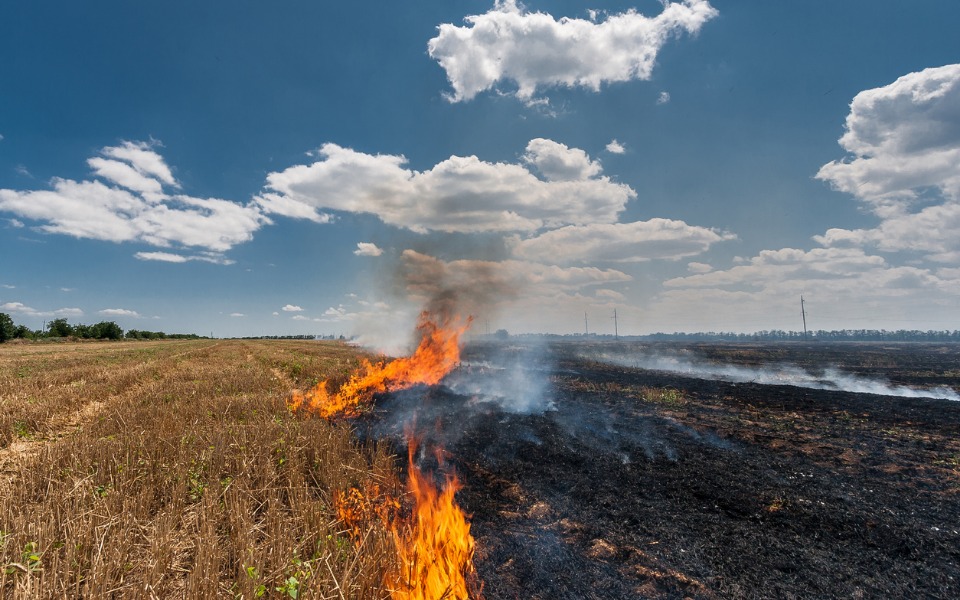
COVID-19 lockdown reduced global pollution by 20-50%: NASA report

People across the country got to reap the benefits of the COVID-19 lockdown when pollution levels dropped drastically around May-June, making mighty Himalayan peaks like Kanchenjunga and Dhauladhar visible from Siliguri and Punjab respectively, and bringing river dolphins to the ghats of Kolkata and Meerut.
Now, scientists at NASA have said that the COVID-induced lockdown has helped in significantly reducing pollutants generated due to fuel consumption.
In a study conducted to determine the extent of reduction in pollution levels in the atmosphere, researchers at NASA found that nitrogen dioxide levels have reduced at least by 20 per cent since February.
The results were presented at the 2020 International Conference for High Performance Computing, Networking, Storage, and Analysis.
Related news: Court orders, COVID lower pollution level during Diwali in Telugu states
A computer-generated model was used to analyse how the atmosphere would have been if there was no COVID-19 and how it has changed in the months of the lockdown.
For this, scientists created a model projection of a COVID-19-free Earth Atmosphere in 2020.
“The model simulation and machine learning analysis took place at the NASA Center for Climate Simulation,” the NASA report said.
During the study, data on hourly atmospheric composition measurements in almost real time was relayed from 5,756 observation sites spread across 46 countries. City-level analysis of the data showed nitrogen reduction between 20 to 50 per cent in 50 of the 61 cities.
“Many countries have already done a very good job in lowering their nitrogen dioxide concentrations over the last decades due to clean air regulations, but what our results clearly show is that there is still a significant human behaviour-driven contribution,” said lead author Christoph Keller with Universities Space Research Association (USRA) at NASA’s Goddard Space Flight Center in Greenbelt, Maryland.
China’s Wuhan which reported the first virus outbreak and consequently imposed a lockdown, showed the first reduction in nitrogen dioxide emissions –the emissions had fallen to 60 per cent less than expected, the report said.
While New York, the worst-hit in the US witnessed a 45 per cent reduction in pollution levels, Milan in Italy’s Lombary, one of the most-affected areas in Europe, also saw a 60 per cent reduction in nitrogen dioxide emissions.
Earlier this year, the Central Pollution Control Board (CPCB), said while pollution levels in India had dropped by 24 per cent before the lockdown was imposed in March, it fell further by 50 per cent later.
Related news: Delhi’s air quality ‘severe’ after Diwali, but wind conditions may help
In another study published by Sustainable Cities and Society in July this year, researchers of Surrey’s GCARE (University of Surrey) found that the lockdown reduced concentrations of harmful particles across the cities of Chennai, Delhi, Hyderabad, Kolkata and Mumbai, – from a 10 per cent reduction in Mumbai up to a 54 per cent reduction in Delhi.
Pollution levels, however, has deteriorated in Delhi in the past month, primarily due to stubble burning by farmers in the neighbouring districts, local emission of traffic fumes and smoke generated from firecrackers during Diwali.


